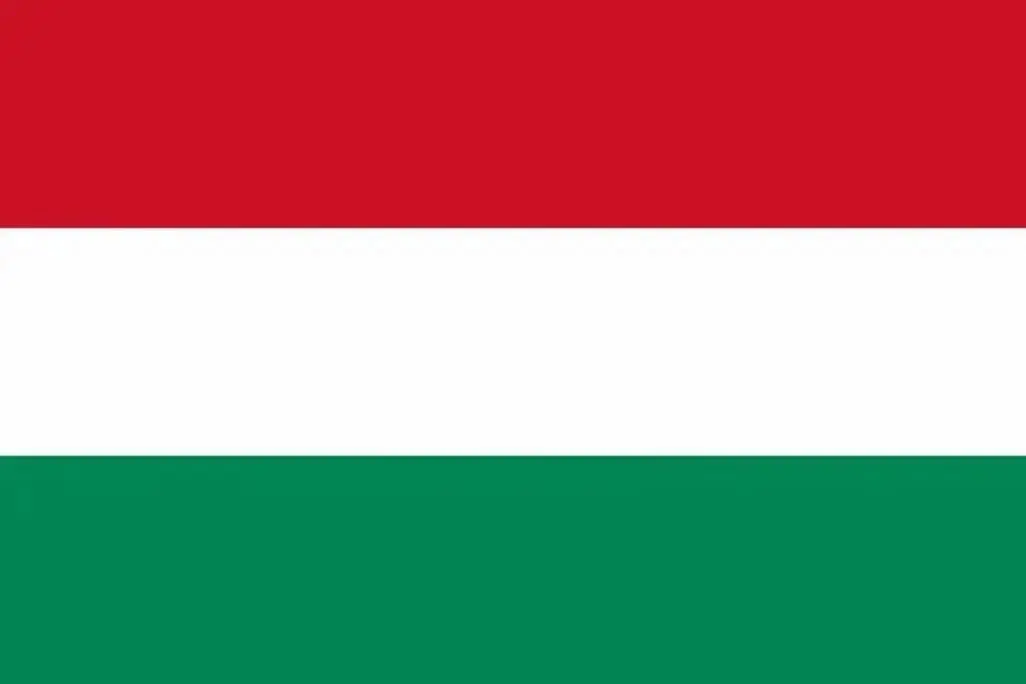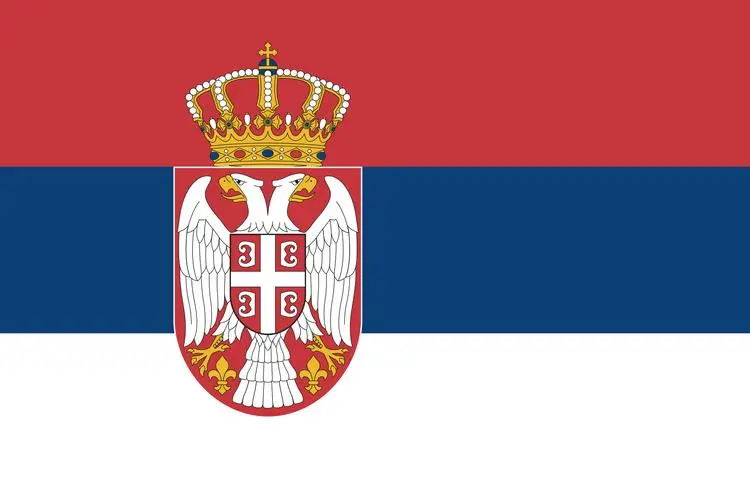Overview of Hungary

Hungary is a landlocked country located in Central Europe, with Budapest as its capital. Hungary is bordered by Romania and Ukraine to the east, Slovenia, Croatia, and Serbia to the south, Austria to the west, and Slovakia to the north. The total length of its border is 2246 kilometers, and its land area is 93023 square kilometers.
Hungary's climate belongs to a continental climate, cool and humid, with an average annual temperature of 10 ℃, an average summer temperature of 21.7 ℃, an average winter temperature of -1.2 ℃, and an average annual precipitation of about 630 millimeters. The country is divided into the capital and 19 states, with 24 prefecture level cities, 274 cities, and 2854 townships established.
The main ethnic group in Hungary is the Hungarian ethnic group, accounting for about 90% of the population, with the rest being minority groups such as Slovakia, Romania, Croatia, Serbia, Slovenia, and Germany. The official language is Hungarian, and the main religions are Catholicism and Protestantism.
The economic situation of Hungary can be summarized as follows: slow economic growth, a service-oriented industrial structure, competitive industries and manufacturing, and a certain foundation in agriculture, but there are problems of wealth gap and fiscal deficit.
Hungary's economic growth was very slow in the third quarter of 2024, approaching zero growth. Despite the government's claim of economic success, data shows that both the construction industry and industrial output have declined. In 2023, Hungary's GDP decreased by 0.91% year-on-year.
Hungary's economic structure is dominated by the service industry, with rapid development in areas such as financial services, information technology, tourism, and healthcare. Industry and manufacturing are also competitive, especially in the production of automobiles and electronic products. In terms of agriculture, Hungary has fertile land and a suitable climate. The main agricultural products include wheat, corn, sunflower seeds, and grapes, and livestock farming is also important.
However, there is a significant wealth gap in Hungary, with a per capita income difference of over ten times between rural and urban areas. In addition, in the first half of 2024, the government sector deficit accounted for 3.7% of GDP.
In summary, although the Hungarian economy has a certain industrial foundation and competitiveness, its economic growth is weak, its fiscal situation is poor, and there are social inequality issues.


